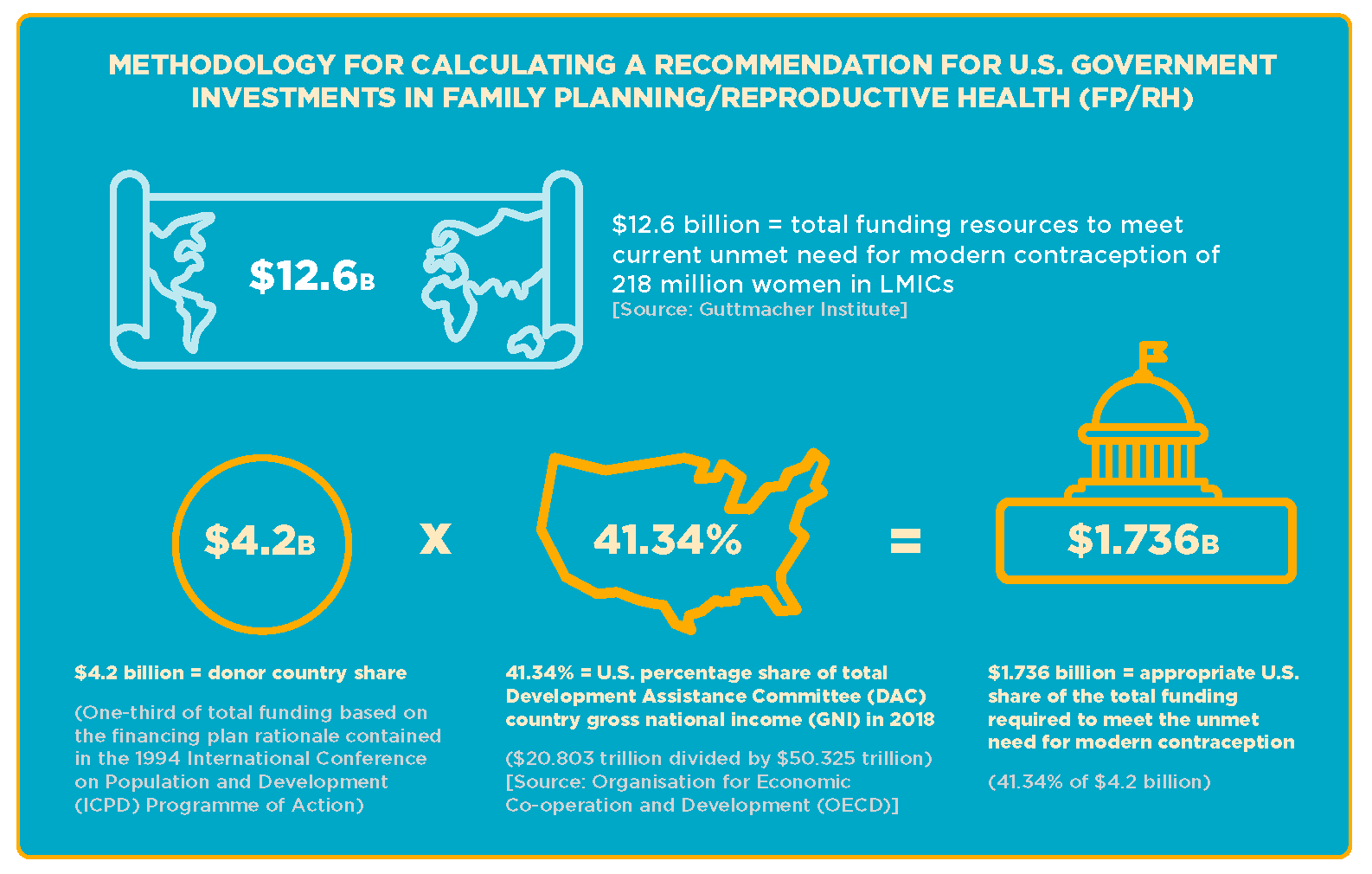Lame Excuse: Rubio Cuts Off Funding to the United Nations Population Fund (UNFPA)

On May 27, the Biden administration is scheduled to release the president’s first detailed budget request for the federal government. Included in the fiscal year (FY) 2022 budget request to Congress will be proposals for international affairs programs, including overseas bilateral family planning and reproductive health (FP/RH) activities. An outline of the president’s budget priorities — issued by the White House in early April prior to his address to a joint session of Congress — gave advocates for sexual and reproductive health and rights (SRHR) cause for concern.
There is not sufficient detail in the discretionary budget outline to say for certain how much will be requested for bilateral FP/RH programs when the final budget request is released next week. However, if one simply does the math based on the figures included in the narrative, it suggests that the proposed major ramp up in global health security program spending in the wake of the COVID-19 pandemic will leave little on the table for any significant funding increases for bilateral FP/RH — or any other global health sectors, such as HIV/AIDS or maternal and child health, for that matter. The prospect of an increase for multilateral FP/RH funding appears more promising, as the United Nations Population Fund was one of the few U.N. agencies called out by name in the budget outline.
SRHR advocates are laying down a marker on how much of an increase in U.S. government investments in FP/RH programs is appropriate, justified and fair. PAI has assembled a fact sheet, entitled Just the Math, explaining the methodology used to calculate the U.S. share of the global investment required.

Endorsing the amount calculated, nearly 90 major national organizations have already submitted a joint request to congressional appropriators for inclusion of $1.736 billion — a near tripling of the current enacted level for bilateral and multilateral FP/RH programs — in the FY 2022 State Department and foreign operations appropriations bill. The $1.736 billion funding recommendation is derived from a July 2020 estimate by the Guttmacher Institute on the total cost of addressing the global unmet need for modern contraception of 218 million women in low- and middle-income countries (LMICs).
This calculation of the appropriate U.S. share of the total global investment required to satisfy the current unmet need for modern contraception in LMICs is based on a reasonable burden-sharing rationale for contributions by donor and recipient countries. This should inform policymakers’ priority-setting and decision-making by providing a solid, evidence-based estimate of what the U.S. government should be investing in contraceptive availability and use.
At the end of next week, the Biden administration’s priorities in global health will become clear, and the question of whether the new administration is prepared to put bilateral and multilateral FP/RH funding on the trajectory necessary to realize the U.S. fair share of global financing will be answered.
We are fighting back against the onslaught of harmful policies that discard reproductive rights.
Stay informed about the issues impacting sexual and reproductive health and rights.
